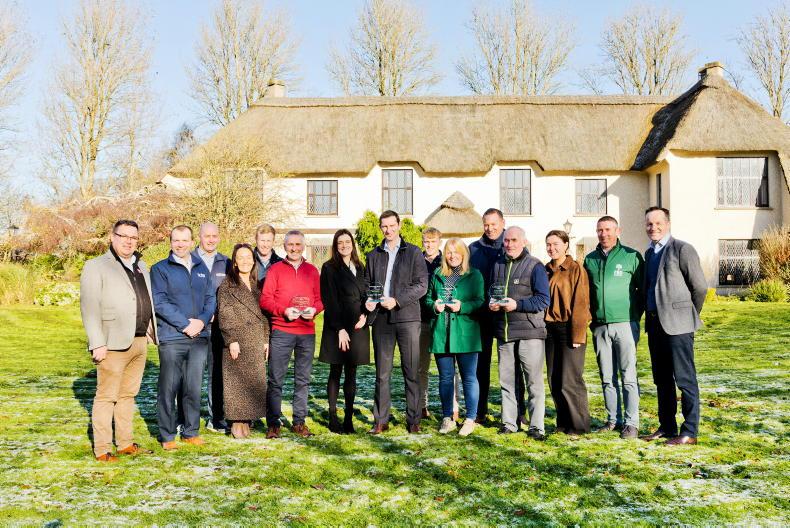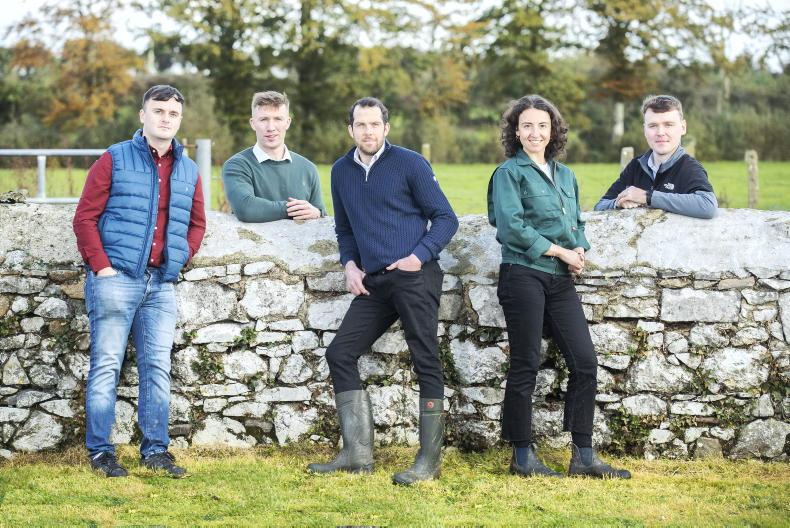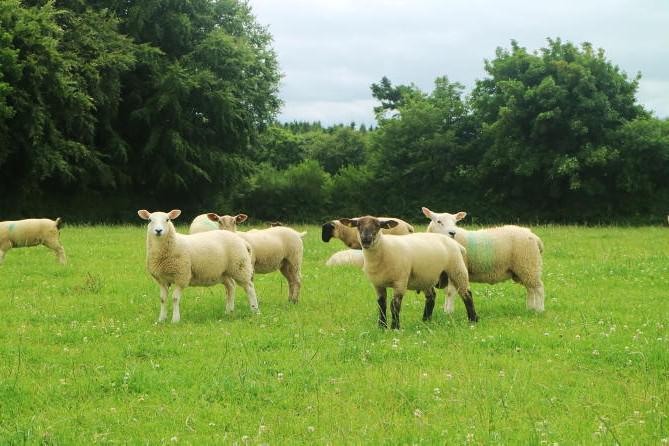Grass
With heavy rainfalls all over the country over the past week, grass growth will get back on track very quickly. Farms that were looking at grass deficits could be looking at grass surpluses in a very short time.
On farms feeding silage/hay that are very low on grass supplies, don’t be in too big of a rush to pull out silage. Walk the farm and wait until there's enough grass ahead of stock before pulling out supplement.
Fertiliser can also go out again if it’s been a number of weeks since there was any application. Aim to spread 23 units of nitrogen/acre to boost grass growth and try to maintain some quality in swards.
Where grass was under moisture stress, it had started to head out in some cases, so topping may be required. Aim to cut low if topping. Disc mowers will give a cleaner cut and cut lower than flail machines.
Visiting a few farms over the last number of weeks, it’s been worrying to see a lot less fertiliser being spread on drystock farms than in previous years.
While every farm should tailor fertiliser application to stocking rate and increase the use of clover, it’s important not to forget about soil fertility, growing enough grass for grazing animals and conserving enough silage for the winter months.
Worm control
The warm and humid conditions we have had over the last few days have been ideal for an increase in worm burdens at pasture. When herding, be alert for any coughing or scouring at grass.
Spring-born calves have no immunity against parasites and dairy-beef calves will be at a higher risk than suckler-bred calves. As the proportion of grass increases in the diet, the potential for calves to ingest a large numbers of parasites is there.
When choosing wormers, discuss it with your vet and/or animal health professional.
Some wormers can give a rapid-kill in lungworms, which put calves under respiratory pressure when coughing up dead worms. To avoid unnecessary use of anthelminthic-dosing products, taking a faecal sample is the best way to determine whether you need to dose or not.
Most vets will provide this service and you will have the results back in a few days.
Genotyping programme
The Irish Cattle Breeding Federation has launched their national genotyping programme this week. Farmers wishing to participate in the scheme can apply on www.icbf.com.
The programme will cost farmers €6/head, including the cost of the tag and posting the tag to genotype animals in their herd from 2024 onwards.
This scheme is especially important for the 5,000 new herds which have joined SCEP this year and were not previous participants in any of the BDGP schemes.
These herd owners have no idea at the moment what way their herd profile is for Eurostar values, and they need to have 50% of the herd 4 or 5 star on the replacement index by 31 October.
This scheme will offer them the chance to get all the cows in their herd genotyped early in 2023 for free, so they know where they stand before the 31 October deadline.
For pedigree breeders who participate in the programme, it will mean sire errors will be a thing of the past.









SHARING OPTIONS